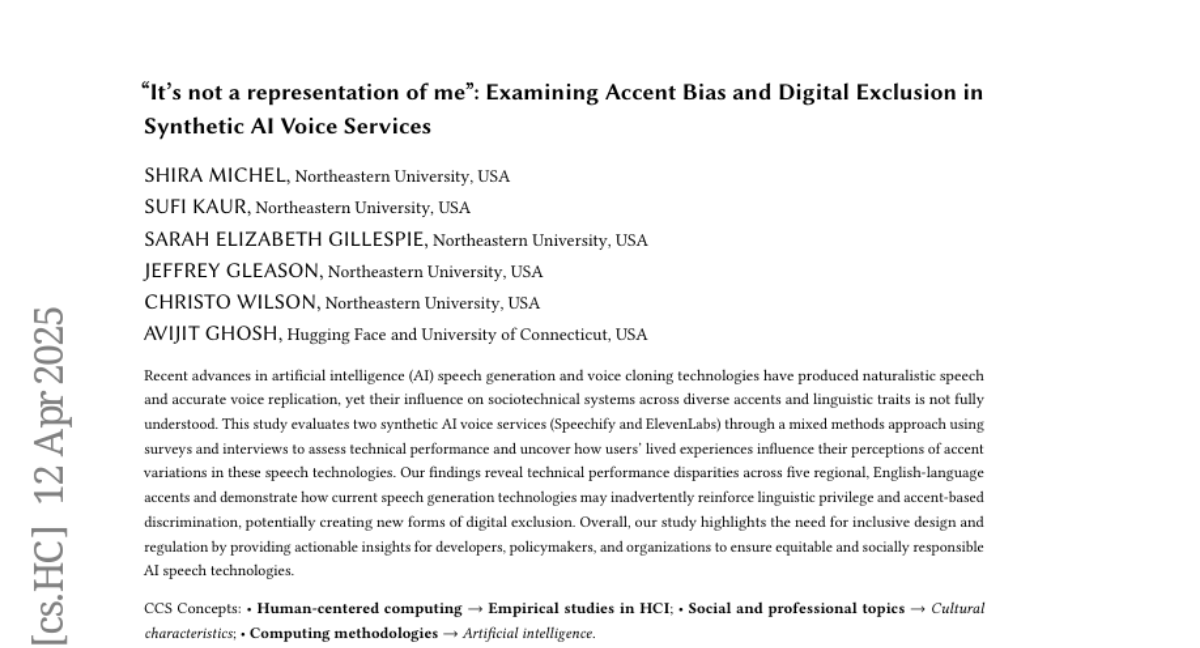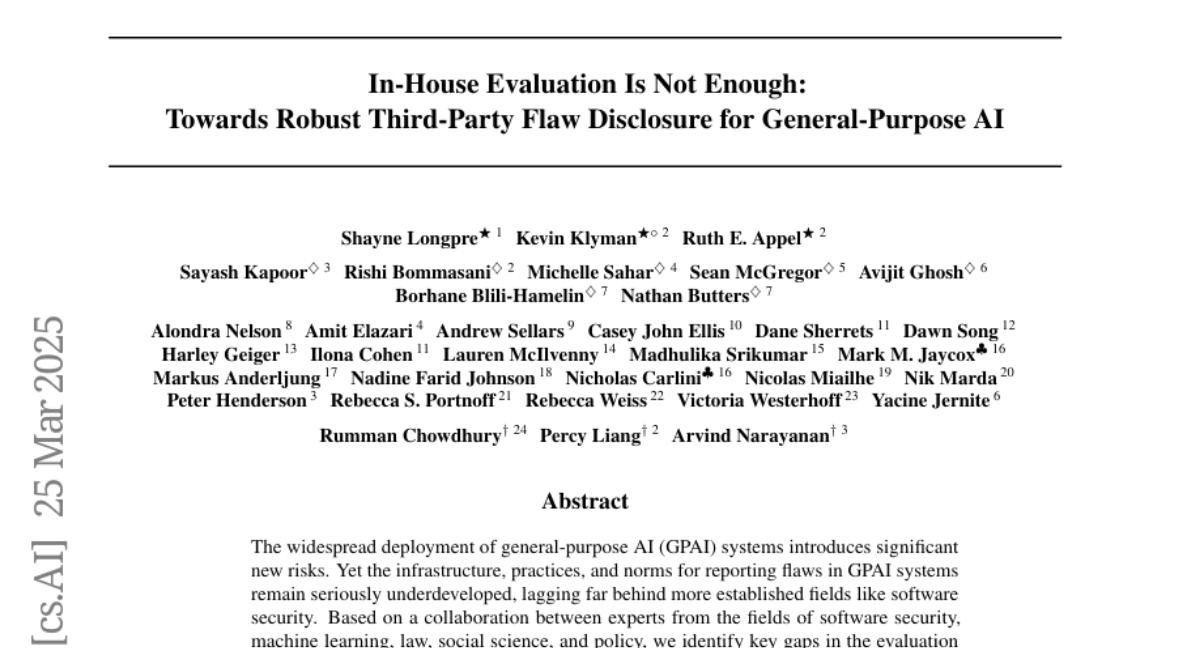Post
2532
AI for Scientific Discovery Won't Work Without Fixing How We Collaborate.
My co-author @cgeorgiaw and I just published a paper challenging a core assumption: that the main barriers to AI in science are technical. They're not. They're social.
Key findings:
🚨 The "AI Scientist" myth delays progress: Waiting for AGI devalues human expertise and obscures science's real purpose: cultivating understanding, not just outputs.
📊 Wrong incentives: Datasets have 100x longer impact than models, yet data curation is undervalued.
⚠️ Broken collaboration: Domain scientists want understanding. ML researchers optimize performance. Without shared language, projects fail.
🔍 Fragmentation costs years: Harmonizing just 9 cancer files took 329 hours.
Why this matters: Upstream bottlenecks like efficient PDE solvers could accelerate discovery across multiple sciences. CASP mobilized a community around protein structure, enabling AlphaFold. We need this for dozens of challenges.
Thus, we're launching Hugging Science! A global community addressing these barriers through collaborative challenges, open toolkits, education, and community-owned infrastructure. Please find all the links below!
Paper: AI for Scientific Discovery is a Social Problem (2509.06580)
Join: hugging-science
hugging-science
Discord: https://discord.com/invite/VYkdEVjJ5J
My co-author @cgeorgiaw and I just published a paper challenging a core assumption: that the main barriers to AI in science are technical. They're not. They're social.
Key findings:
🚨 The "AI Scientist" myth delays progress: Waiting for AGI devalues human expertise and obscures science's real purpose: cultivating understanding, not just outputs.
📊 Wrong incentives: Datasets have 100x longer impact than models, yet data curation is undervalued.
⚠️ Broken collaboration: Domain scientists want understanding. ML researchers optimize performance. Without shared language, projects fail.
🔍 Fragmentation costs years: Harmonizing just 9 cancer files took 329 hours.
Why this matters: Upstream bottlenecks like efficient PDE solvers could accelerate discovery across multiple sciences. CASP mobilized a community around protein structure, enabling AlphaFold. We need this for dozens of challenges.
Thus, we're launching Hugging Science! A global community addressing these barriers through collaborative challenges, open toolkits, education, and community-owned infrastructure. Please find all the links below!
Paper: AI for Scientific Discovery is a Social Problem (2509.06580)
Join:
Discord: https://discord.com/invite/VYkdEVjJ5J



